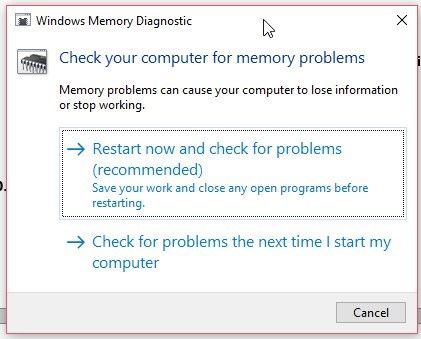

- #Stop code kernel data inpage error drivers
- #Stop code kernel data inpage error windows 10
- #Stop code kernel data inpage error windows
Windows 8, Windows Server 2012 use Segoe UI and render the BSoD contents at the boot framebuffer resolution, over top of the active resolution, with UEFI machines generally using the highest Graphics Output Protocol mode available, and with legacy BIOS machines either using 1024x768 (with the contents being squished due to the monitor being presumed to be widescreen) or the highest VESA BIOS Extensions mode available (should the BCDEdit parameter 'highestmode' be enabled ). Windows XP, Vista and 7 BSoDs use the Lucida Console font. BSoDs in the Windows NT family use 80×50 text mode on a 720×400 screen. Windows 95, 98 and ME BSoDs use 80×25 text mode.
#Stop code kernel data inpage error windows 10
Windows Server 2012, Windows 8 and Windows 10 use a cerulean background. Until Windows 8 and Windows Server 2012, BSoDs showed silver text on a royal blue background with information about current memory values and register values. Engadget later updated its article to correct the mistake. In a follow-up on September 9, 2014, Raymond Chen complained about this widespread mistake, claimed responsibility for revising the BSoD in Windows 95 and panned BGR.com for having "entirely fabricated a scenario and posited it as real". The article focused on the creation of the first rudimentary task manager in Windows 3.x, which shared visual similarities with a BSoD. On September 4, 2014, several online journals, including Business Insider, DailyTech, Engadget, Gizmodo, Lifehacker, Neowin, Softpedia, TechSpot, The Register, and The Verge incorrectly attributed the creation of the Blue Screen of Death to Steve Ballmer, Microsoft's former CEO, citing an article by Microsoft employee Raymond Chen, entitled "Who wrote the text for the Ctrl+Alt+Del dialog in Windows 3.1?". Because of the instability and lack of memory protection in Windows 9x, BSoDs were much more common.

In the Windows 9x era, incompatible DLLs or bugs in the operating system kernel could also cause BSoDs.
#Stop code kernel data inpage error drivers
Hence, it became known as a "stop error."īSoDs can be caused by poorly written device drivers or malfunctioning hardware, such as faulty memory, power supply issues, overheating of components, or hardware running beyond its specification limits. In its earliest version, the error started with ***STOP.

The first blue screen of death appeared in Windows NT 3.1 (the first version of the Windows NT family, released in 1993) and all Windows operating systems released afterwards. As with it predecessors, Windows 3.x exits to DOS if an error condition is severe enough. Windows 3.1 would also displays a blue screen when the user presses the Ctrl+Alt+Delete key combination while no programs were unresponsive. Windows 3.1 changed the color of this screen from black to blue. Windows 3.0 uses a text-mode screen for displaying important system messages, usually from digital device drivers in 386 Enhanced Mode or other situations where a program could not run. It was not a crash screen, either when the system did crash, it would either lock up or exit to DOS. This screen was the outcome of a bug in the Windows logo code. In the final release (version 1.01), however, this screen would print garbage output instead. Windows 1.01 Blue Screen of Death: Long version, showing installation DOS 6, Windows 1.01, and the failed startup of Windows 1.01īlue error screens have been around since the beta version of Windows 1.0 if Windows found a newer DOS version than it expected, it would generate a blue screen with white text saying "Incorrect DOS version", before starting normally. Windows 1.0 BSOD (Incorrect DOS Version): Short version, showing a failed Windows startup

The "Incorrect Dos Version" screen on Windows 1.01, featuring random characters


 0 kommentar(er)
0 kommentar(er)
